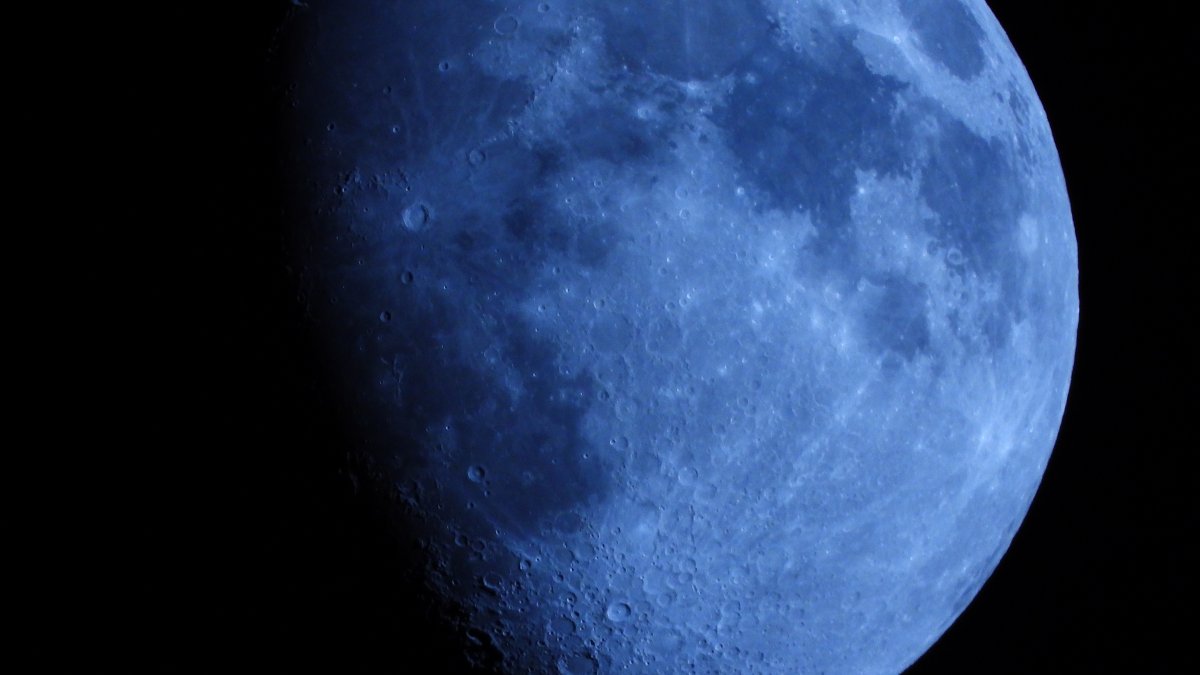Attention, residents of San Diego! Prepare yourselves for a spectacular celestial show!
An extraordinary event is set to take place on Wednesday, Aug. 30, when a full moon, supermoon, and blue moon will all align in the night sky.
This rarely occurring phenomenon won’t grace our eyes again for another 14 years.
What time will the super blue moon appear in San Diego in 2023?
According to the Farmers’ Almanac, the moon will rise at 7:29 p.m. on Wednesday evening, reach its highest point at 12:14 a.m. (illuminated at a stunning 99%), and finally set at 5:44 a.m.
“Warm summer nights offer the perfect opportunity to witness the moon rise in the eastern sky shortly after sunset. And in August, we’ll be blessed with this phenomenon twice,” said retired NASA astrophysicist Fred Espenak, popularly known as Mr. Eclipse for his expertise in chasing eclipses.
What is a blue moon?
Contrary to the name, a “blue moon” does not actually appear blue in color. It refers to the occurrence of a second full moon within a single month, which is uncommon since most months have only one full moon.
What is a supermoon?
As explained by NASA, the moon follows an elliptical orbit around the Earth, resulting in varying distances between the two bodies. A supermoon occurs when the full moon coincides with or is near its closest point to Earth, with a proximity of up to 90% of its closest approach. This closer distance makes the moon appear larger and brighter than a regular full moon.
How can the super blue moon of 2023 be observed in San Diego?
If the skies are clear, using binoculars or a telescope in your backyard can enhance your viewing experience. These tools may reveal lunar maria, which are dark plains formed by ancient volcanic lava flows, and rays radiating from lunar craters, according to Espenak. If you want to see the moon without waiting for it to reach its meridian, seeking higher ground is recommended.
A convergence of rare natural phenomena
The next super blue moons will not occur until January and March of 2037, and they will take place consecutively. The last occurrence of two full supermoons within the same month happened in 2018. NASA states that about 25% of all full moons are supermoons, while only about 3% are blue moons. The time span between super blue moons tends to vary, with an average of 10 years and a maximum of 20 years.
Traditionally referred to as the sturgeon moon, August’s full moon got its name from its association with the once-abundant sturgeon fish species in the Great Lakes. In the past, the full moon would illuminate these fish during August.
Recent encounters with supermoons
This year, the first supermoon graced the skies in July. According to AP, the fourth and final supermoon of the year will occur in September. However, this August supermoon will be closer to us than the others, so it promises to be an extraordinary visual spectacle that you won’t want to miss.
If you have an affinity for the moon, NASA provides a daily moon guide here. It includes an interactive map for observing the moon every day of the year.
Denial of responsibility! VigourTimes is an automatic aggregator of Global media. In each content, the hyperlink to the primary source is specified. All trademarks belong to their rightful owners, and all materials to their authors. For any complaint, please reach us at – [email protected]. We will take necessary action within 24 hours.


